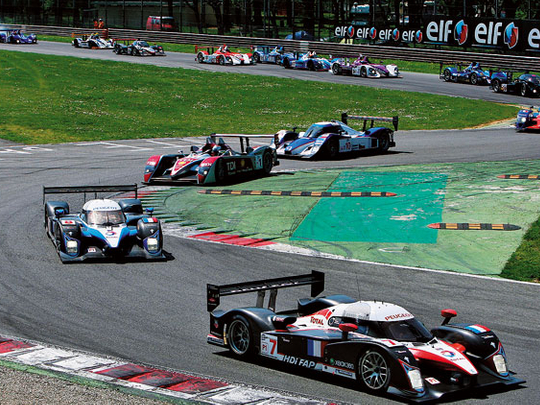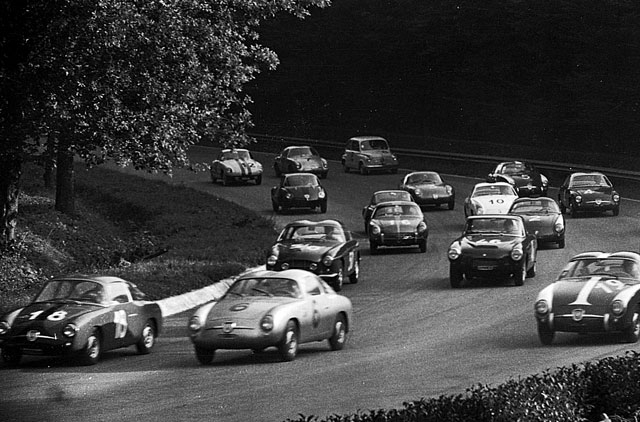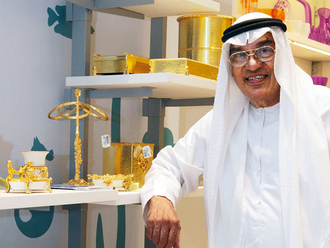
What Plato is to philosophy, and Paris Hilton is to silliness, well, that's Monza to racing. One word, a five-letter one that gloriously embodies all that's valiant and celebrated about cars going round in circles at speed.
As it stands today with modern pits and a beaming race tower, it still manages to embody racing through the decades. Monza has hosted Formula 1 Grands Prix since the inaugural 1950 season with only a single break for Imola in 1980. Its abandoned and desolate oval infield allows us to reminisce about long-gone champions who braved its ferocious banking. The contemporary chicanes don't even fail to take away any magic from its long, bumpy straights, slipstreaming battles and numerous enthralling turns.
Curva Grande for example, looks like nothing on a circuit map, but from behind the wheel of an F1 car it's taken flat out with the g forces fighting drivers for life — the outside wall is maybe a dozen metres away and that's the blink of an eye at 300kph.
The following Lesmo curves are blind and fast, the first badly cambered and bumpy and the second with minimal kerbing. One mistake there, just one overa series of 53 Grand Prix laps, beaches you for good.
Endurance cars will fly through there up to 200 times a race while covering 1,000km of Monza, and as day turns into dusk, so Lesmo gets darker and darker, scarier and scarier.
Once you make it out of there in one piece, Variante Ascari awaits, which is basically three corners in one and a key to a good lap time because it leads onto a mammoth straight.
Curve Parabolica is the last bend, tight at the beginning and opening onto the Rettifilo Tribune home stretch. It's incessantly dangerous regardless of how much gravel they add to its outside or the quality of its Armco. The sheer speed required to negotiate Parabolica makes it one of the most daunting corners on any race track, anywhere. Bumps on the exit combined with a vicious dip just before the straight begins can send a car spinning into the walls as the drivers lay down the power to complete another Monza tour.
So that's a lap of Monza, every single one accompanied by ghosts of Alberto Ascari, Wolfgang von Trips, Jochen Rindt, Ronnie Peterson and countless others who perished here.
For over 90 years, Monza has been Italy's racing capital. And when Italy ruled the racing world, Monza became the world motorsport capital. Built near Milan, the circuit incorporated an oval in its original design which made a lap 10km long, but nowadays it's around half that. It serves as the purest — alongside maybe Spa and Monaco — emotional image of Formula 1, and the rousing tifosi help make every event resemble a Milan versus Inter derby. Passion, history,a total driving challenge and unrivalled prestige, that's Monza.
Facts
Date Monza held its first race in 1922, and shortly after the Italian GP became a regular event
Location A royal park 16km north-east of central Milan
Length It began as a 10km double loop (combining the banked oval), but has gone through a dozen changes to get to today's 5.8km layout
First winner Some bloke called Pietro Bordino, driving a Fiat
Worst moment Super Swede Ronnie Peterson's death in 1978













